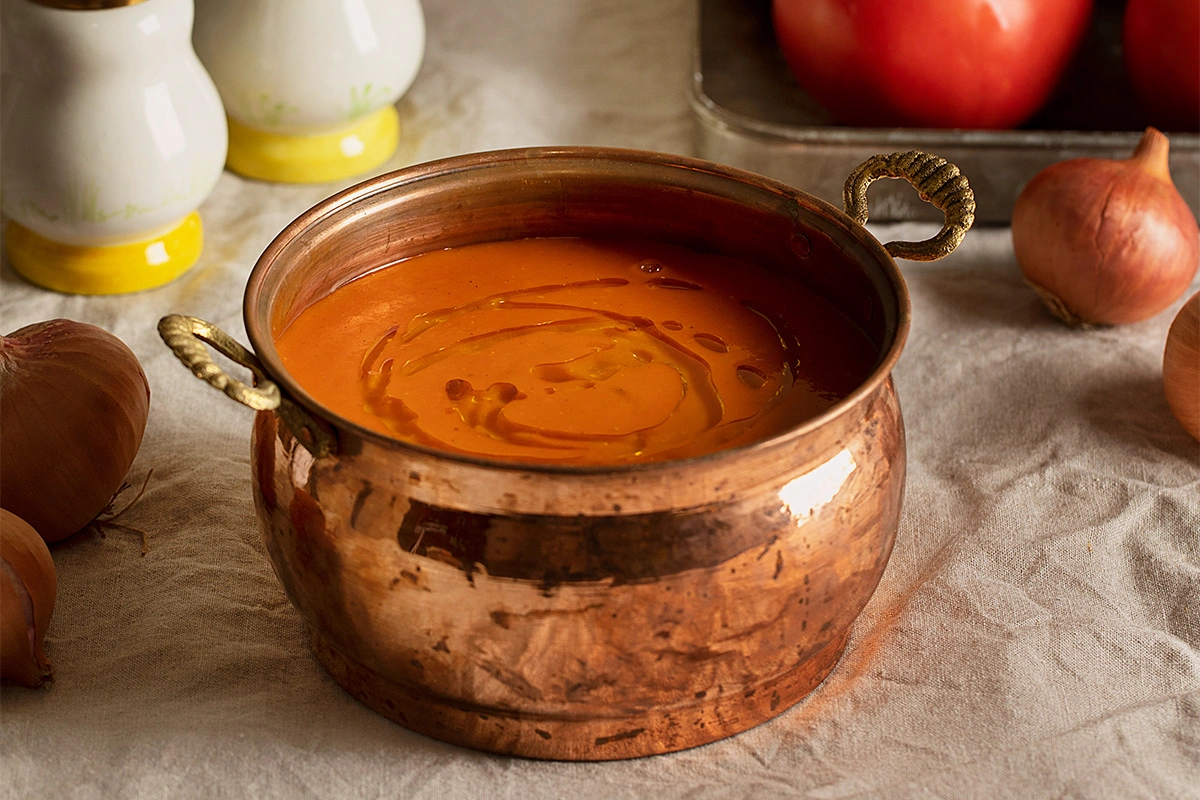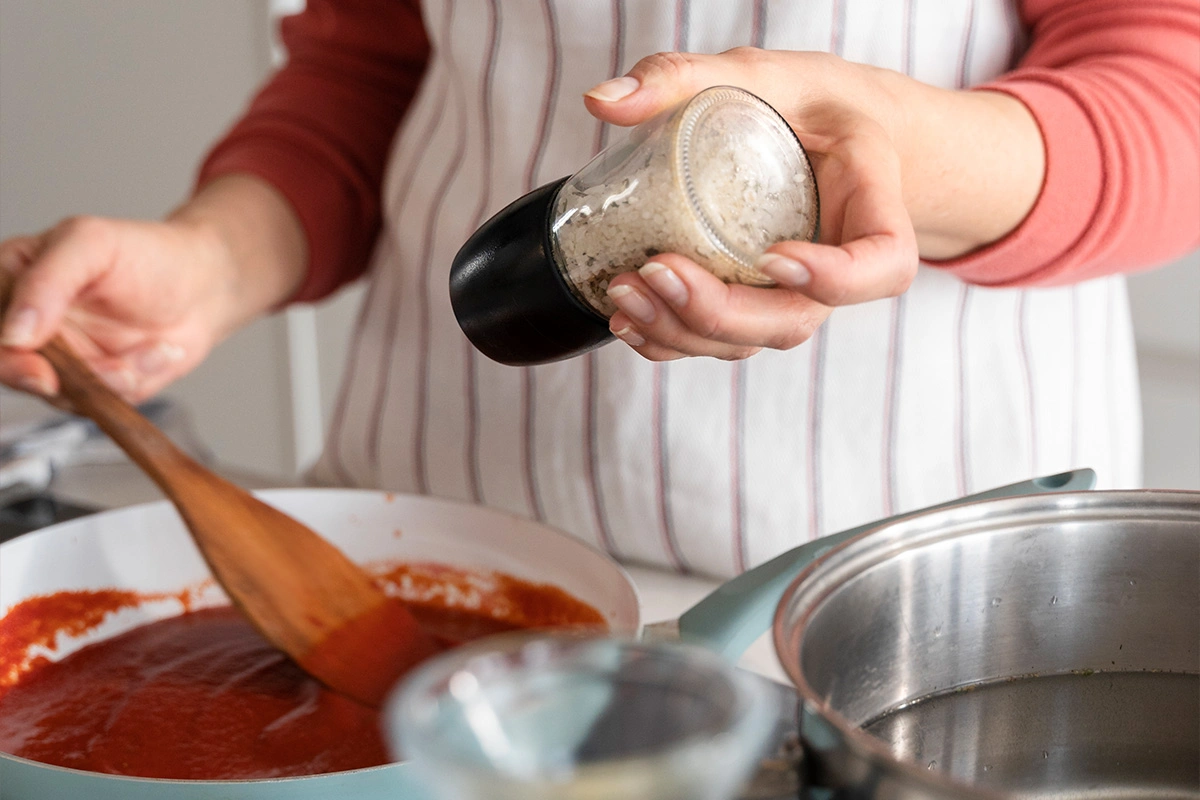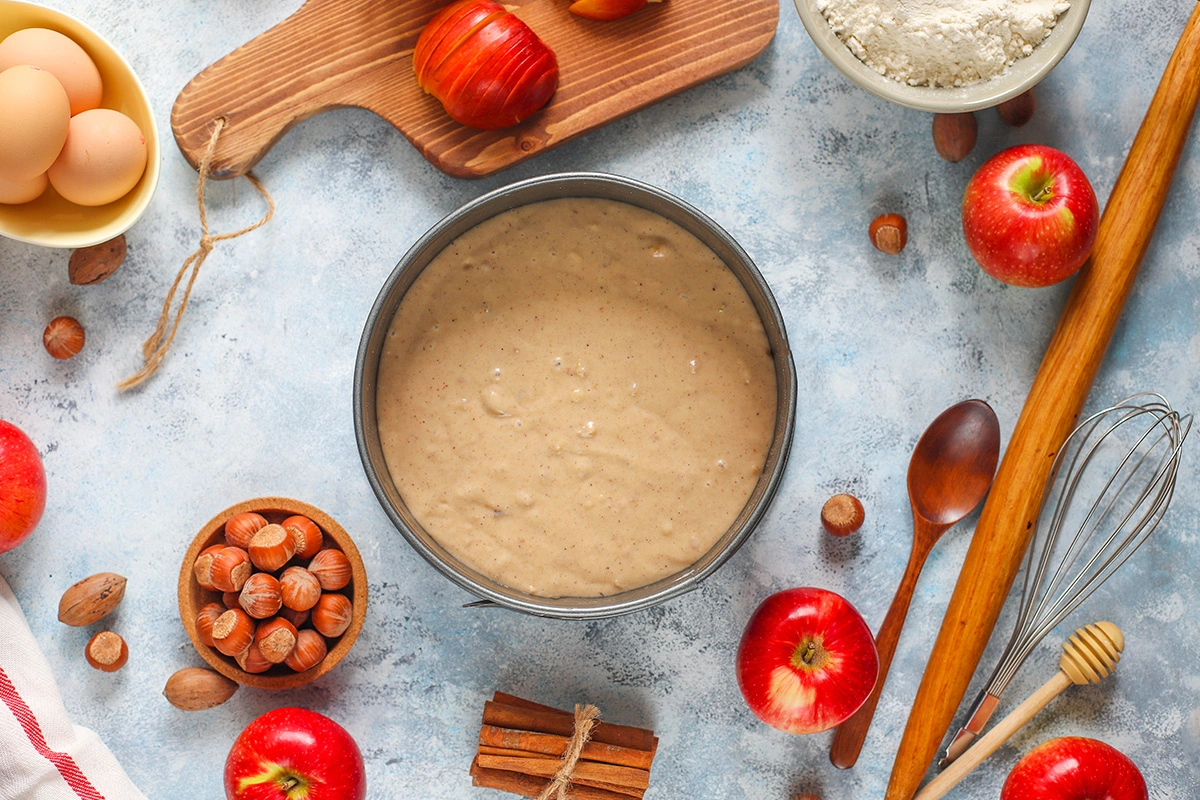Cajun Roux Recipe
Table of Contents
What is a Cajun Roux?
A Cajun roux is a simple but important mix of fat and flour, cooked slowly until it turns a deep brown color. It helps thicken and add rich flavor to many Cajun and Creole dishes, like gumbo and étouffée. Some people call it a dark Cajun roux, while others call it a Creole roux, depending on the dish. One key difference is the type of fat used—Creole roux often includes butter, while Cajun roux usually uses oil or lard. This is because oil and lard can handle higher heat without burning, allowing the roux to cook longer and develop more flavor.
The longer you cook a roux, the darker and richer it becomes. A dark Cajun roux adds a deep, smoky, and nutty flavor to traditional dishes. If you want a more intense taste, you’ll need patience, as a dark roux takes time to develop. On the other hand, a lighter roux cooks faster and gives a more delicate flavor, which is better for certain dishes. No matter which type you choose, mastering a Cajun roux is the key to bringing authentic Southern flavors to your cooking.

Different Stages of a Roux
- Blonde Roux: Light brown, used in some sauces and soups.
- Brown Roux: Medium brown, good for thickening stews.
- Dark Cajun Roux: Dark brown, full of flavor, best for gumbo.
Ingredients for a Cajun Roux Recipe
Making a Cajun roux takes time, but it is not hard. You only need two ingredients:
- 1 cup all-purpose flour
- 1 cup vegetable oil (or lard)
That’s it! Just two simple things. Now, let’s get cooking.
How to Make a Cajun Roux
Making a Cajun roux takes patience, but the results are worth it. Start by heating oil in a heavy pot or pan, preferably cast iron, as it distributes heat evenly and prevents hot spots. Keep the heat at medium and warm the oil without letting it smoke. Rushing this step can cause the roux to burn.

Once the oil is ready, slowly add the flour while stirring continuously to prevent lumps. Use a wooden spoon or whisk to ensure the mixture is smooth and fully combined.
Now comes the most important part—constant stirring. You cannot stop, or the flour may burn, ruining the roux. Keep stirring steadily to cook it evenly and prevent scorching. At first, the roux will be light in color, but as you continue stirring, it will turn golden, then brown. If you want a dark Cajun roux, keep cooking until it reaches a deep chocolate color. This can take anywhere from 20 to 45 minutes, depending on how dark you want it. The darker it gets, the more intense the flavor becomes.
Once the roux reaches the desired color, remove it from the heat but keep stirring for a few more minutes, as the hot pan can still cause burning. Let it cool slightly before using it to avoid overcooking. Now, your dark roux is ready to be added to gumbo, stew, or any dish that needs a rich, deep flavor. Stir it in slowly to blend smoothly with the rest of your ingredients.
Tips for Making the Best Cajun Roux
- Be patient – A great Cajun roux recipe takes time. Do not rush.
- Never stop stirring – This prevents burning and keeps the mixture smooth.
- Use a heavy pan – Cast iron is best because it holds heat evenly and allows for controlled cooking.
- Choose the right oil – Vegetable oil and lard work best. Butter can burn quickly and is better suited for a Creole roux.
- Make extra – A Cajun roux can be stored in the fridge for a week or frozen for months, making future cooking faster.
Must-Follow
Always stir your roux constantly to avoid burning. Even a small amount of burnt roux will give your dish a bitter taste. If you notice a burnt smell, it’s best to start over rather than try to save it.
Storage Tips for Cajun Roux
Making a Cajun roux in advance is a great way to save time when preparing dishes like gumbo, jambalaya, and étouffée. Since the roux-making process requires patience and constant attention, storing it for later use allows you to focus on the rest of your cooking without the extra effort. Here are the best ways to store your roux while keeping its rich flavor and smooth texture intact.
Refrigerator Storage – If you plan to use your roux within a few weeks, the refrigerator is the best option. Allow the roux to cool completely before transferring it to an airtight container, such as a glass jar or plastic storage container. This prevents moisture from getting in and keeps the roux fresh. Properly stored, it can last for up to a month in the fridge. When you’re ready to use it, simply scoop out the amount needed and mix it into your dish. If the roux thickens in the cold, you can warm it slightly to restore its smooth consistency.
Freezer Storage – For longer storage, freezing your roux is a great solution. One easy method is to pour the cooled roux into ice cube trays, which allows you to freeze small portions. Once solid, transfer the cubes to a sealed freezer bag or container. This way, you can take out only what you need without defrosting the entire batch. Alternatively, you can store larger portions in small freezer-safe containers. A frozen roux can last up to three months and should be thawed in the refrigerator or warmed gently in a pan before use.

Dry Roux Method – Some cooks prefer to make a “dry roux” by toasting only the flour until it reaches a deep brown color. This method eliminates the need for oil and allows the browned flour to be stored at room temperature in an airtight container. When ready to use, simply mix it with warm oil or butter to create a quick roux without the usual cooking time. This method is especially useful for those who want to cut down on preparation time while still achieving a deep, nutty flavor in their dishes.
By preparing and storing your roux in advance, you can enjoy the convenience of having a flavorful, ready-to-use base for your favorite Cajun and Creole meals.
frequently asked questions
What is the best oil to use for making a roux?
Vegetable oil and lard are the best choices. They can withstand high heat without burning. Butter is used in Creole roux, but it burns faster and is not ideal for a dark roux recipe.
How do I know when my roux is ready?
Your roux is ready when it reaches a deep brown color, similar to chocolate. It should have a nutty aroma and a smooth texture. If it smells burnt, it has overcooked.
Can I make roux ahead of time?
You can store roux in the fridge for up to a week or freeze it for up to three months. Just reheat it before using. Freezing it in small portions makes it easier to use later.
Can I use roux in dishes other than gumbo?
Roux is used in stews, gravies, and even some casseroles. It adds flavor and thickens sauces in many dishes. It is a versatile ingredient that enhances both Cajun and Creole cuisine.
Conclusion
Now you know how to make a Cajun roux! Making this recipe takes patience, but it is worth it. This simple Cajun roux recipe is key to making real Cajun dishes. With just two simple ingredients, you can create deep, delicious flavors that make your meals taste amazing. Moreover, just remember to take your time, stir well, and enjoy the process. Once you master this, you can make amazing gumbo, étouffée, and more.
Try it out, and enjoy your homemade Cajun cooking as we bring the taste of Louisiana to your kitchen!


